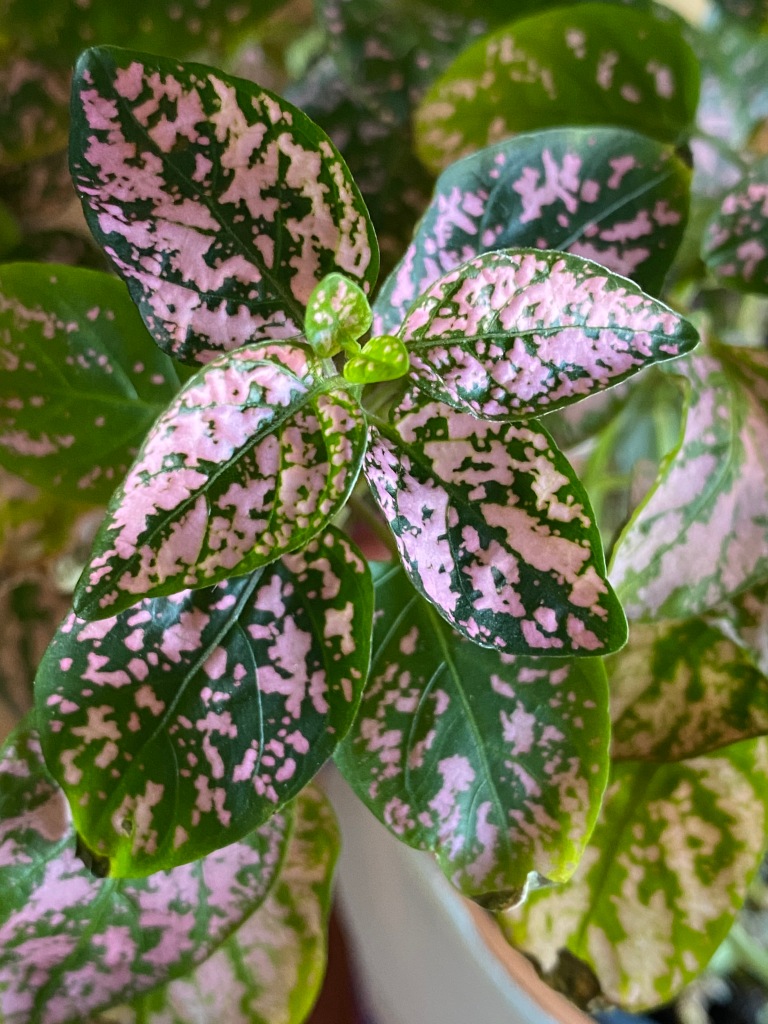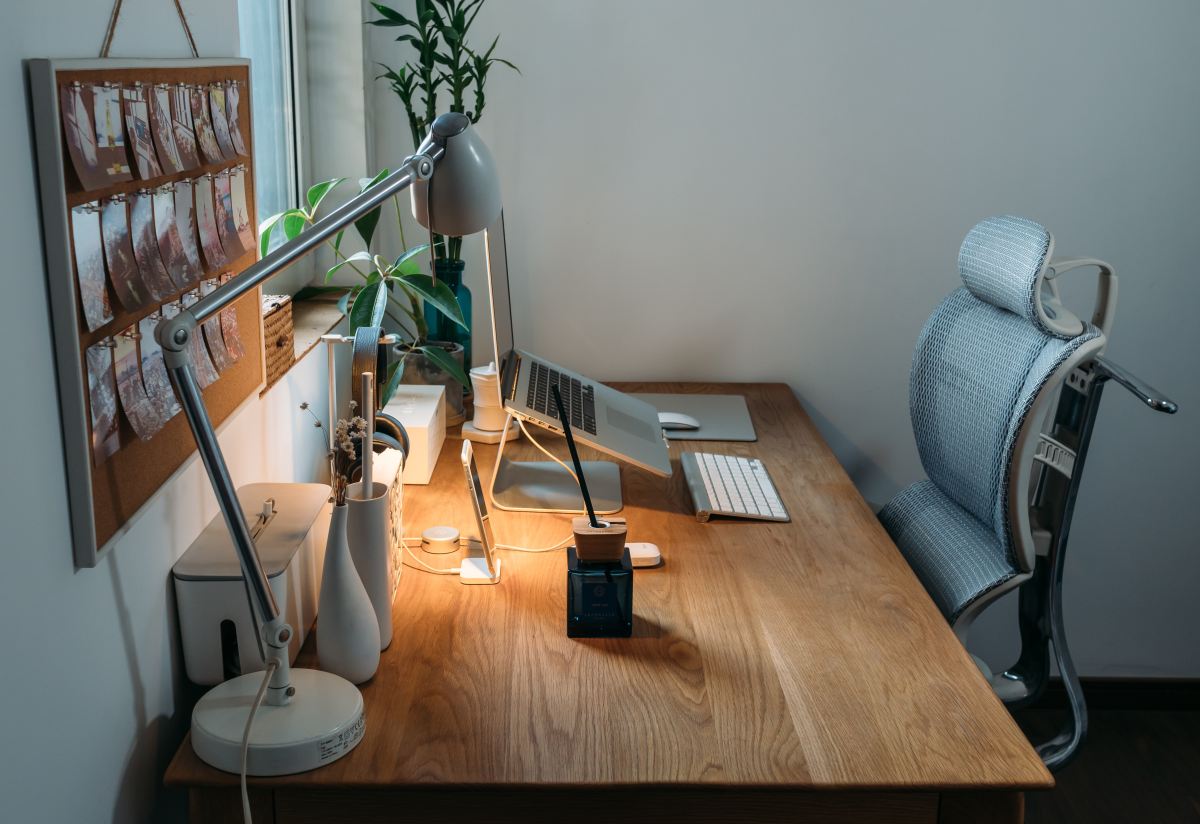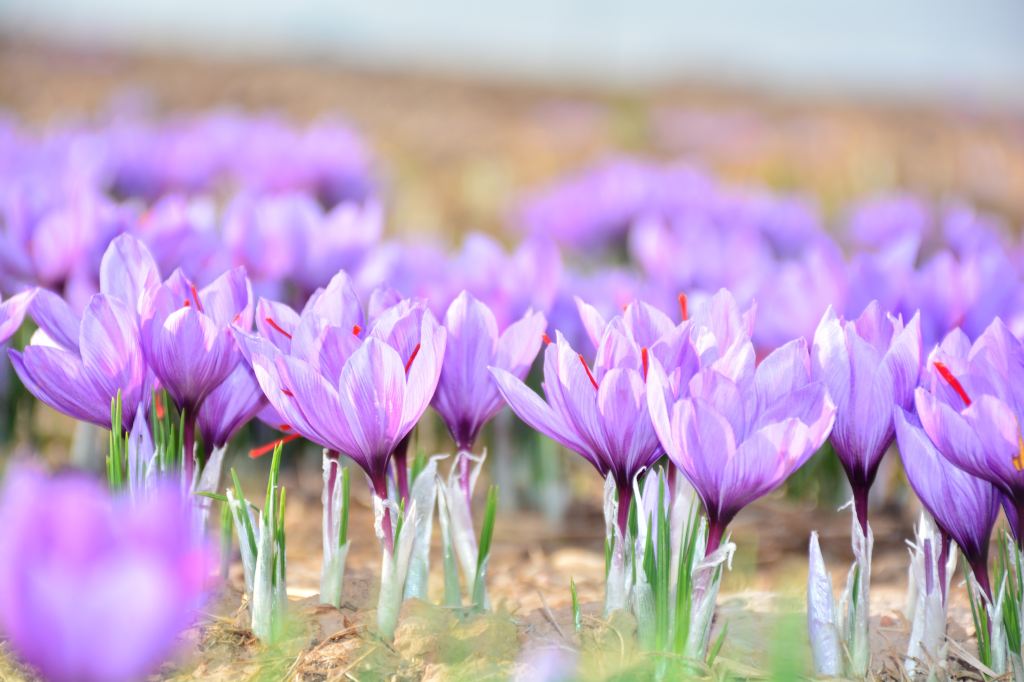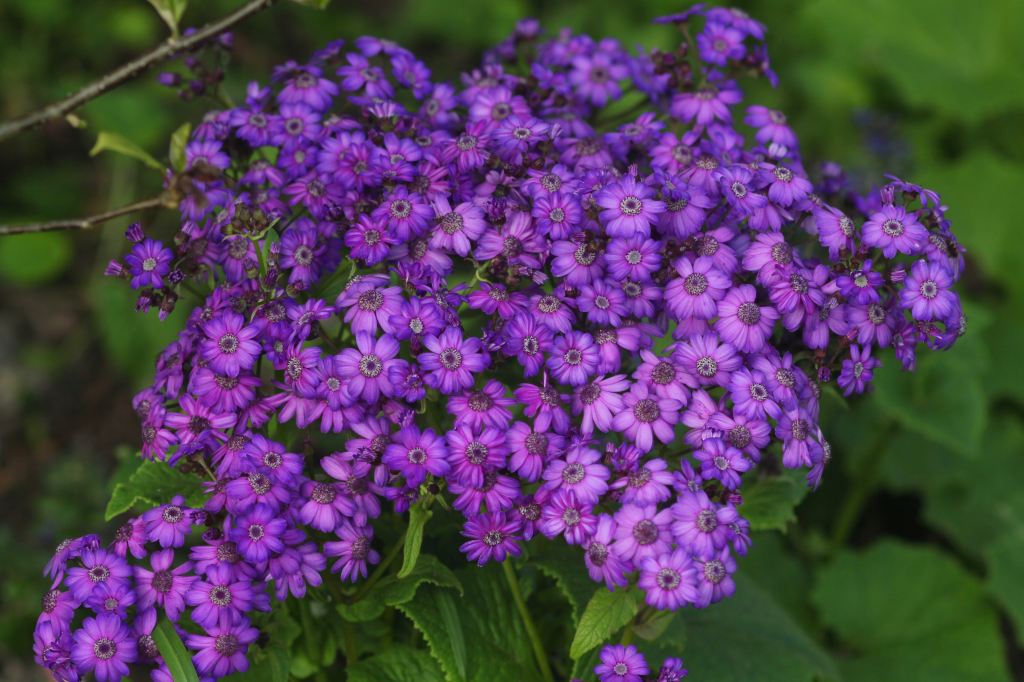Fall is officially here and it’s time for a change of scenery. Whether you just want to liven up your workspace with this season’s colors or change up the room’s scenery, these houseplants are just what you’re looking for.
Unlike many outdoor plants, houseplants aren’t always affected by the seasons. Fortunately for us, there are many plants that have the Fall color schemes that we’re looking for.
If you are like me, your office is likely someplace you spend a daunting amount of time in. So why not spruce it up the best way we know how? Here are a few of my top picks for houseplants that will make your office feel like Fall.
Croton

When someone asks me what houseplant has the best Fall colors I automatically think of the Croton. This plant will amaze you with all of its combinations of sizes and colors. Its colors range from red to green and everything in between.
When placing this plant keep in mind that they vary in size and can easily become too much for a desk or small shelf. Crotons love warmer sunny spots, but be careful that it does not become too dry. Mist this plant regularly and it will thank you with its mesmerizing colors.
Prayer Plant

If you are wanting something up on a shelf or in a hanging basket then a Prayer plant is perfect! They have variegated leaves that fold up at night like hands praying and reveal a beautiful solid color underneath. The Prayer plant brings in many deep purples, pinks, and reds making it rich in color and catches one’s eye with its candy cane like leaves. I know I can’t help but feel calmer when I stare at this plant.
While they don’t require full sun, they are quick to dry up. Avoid overly sunny spots to make sure this plant does not get burnt by the sun as well.
Oxalis Triangularis

Oxalis are a beautiful little plant that, like its name suggests are shaped like triangles. The leaves come in deep colors and have dainty pastel flowers that bloom in the spring and summer months. Their darker red and purple colors are the perfect addition to an office and will help your concentration with its soothing scent.
Sunny spots are perfect for these little guys and they prefer to be kept cool and watered regularly in a well-draining soil. Though this plant is considered an unruly weed among gardeners, they can be contained and enjoyed indoors.
Polka dot plant

Hypoestes is commonly known as the polka dot plant. These beautiful plants are a great addition to a room that is lacking in color. They come in many sizes and have different kinds of polka dot patterns and variations. This plant will double as a winter accent to the room if you find the red leaf variation. To really bring out its amazing colors, place in a spot that gets bright light.
This plant is much more tolerable of warmer temperatures and loves a good misting due to its native tropical climates. This is an easier houseplant to care for and you will be rewarded with amazing colors and beautiful petite flowers in the Summer.
Alocasia

Alocasia are also known as Elephant ear plants and are easily spotted due to their huge leaves. These plants vary in color but most have purple under their leaves. The veins on the leaves also vary in color and accentuate them.
Keep in mind when placing this plant that the plant can grow over twelve feet. Alocasia love sunlight and water so place them by a bright window with frequent waterings to keep the soil moist. Keep this out of reach of children and pets due to this plant being toxic if ingested.
I hope you have enjoyed this Top 5 and look into these plants for your workspace! I personally have each of these colorful cuties and love having them around me.
Until next time, stay safe!

































